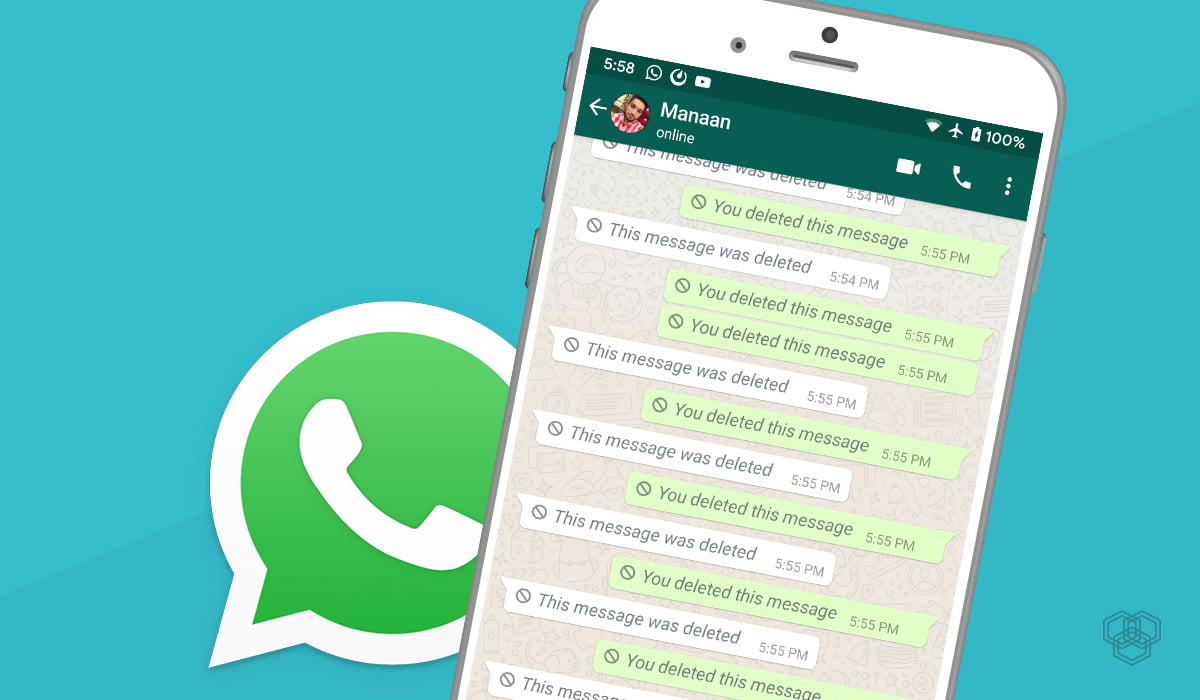
WhatsApp's erasing highlight has empowered sent messages to be erased from the sender's gadget as long as the message isn't over an hour long. Anyway however helpful as the component seems to be, there are workarounds by which a collector can in any case see messages that have been erased. Today, we'll show you one such workaround that works by means of an application called WAMR: Recover Deleted Messages and Status download
The application allows you to recuperate messages that a sender might have erased before you understood it, just as download announcements from WhatsApp. Here's the means by which the application works, and how you can begin utilizing it to recuperate erased messages.
Instructions to utilize WAMR
To introduce the application, download it from the Google Play Store and set it up. You should choose the applications you need the instrument to catch warnings from, as WhatsApp, Telegram and Instagram. Whenever that is done, the application will request you for number from authorizations for catching warnings
When it is good to go up, you will actually want to track down every approaching warning, including erased ones inside WAMR's interface. On the off chance that you have auto-download on for media documents, the application will actually want to recover those for you as well. When WAMR starts catching, any erased message can be found in the application's interface, arranged by singular talk windows, very much like WhatsApp's primary screen.
How the application functions
To show erased messages, WAMR expects admittance to your notices. Giving warning access permits the application to recuperate erased messages without attempting to sign in to your WhatsApp account, gambling a restriction on the actual record.
Whenever you have conceded warning access, the application can fundamentally watch out for approaching notices, and anything once shipped off your telephone through WhatsApp is caught. Once caught, regardless of whether something is erased from the sender, the application utilizes its stored information to show you erased messages.
WAMR is likewise ready to store erased media records including photographs which will in any case be noticeable once the sender has erased them. In any case, this element requires programmed media download to be turned 'On' on your gadget. Note that since it works by catching approaching warnings on your telephone, WAMR can not catch messages for which you don't get told. This incorporates and individual or gathering talks that you have quieted on WhatsApp. The application will consequently, additionally not have the option to recover any erased messages from before its establishment.
Comments
Post a Comment